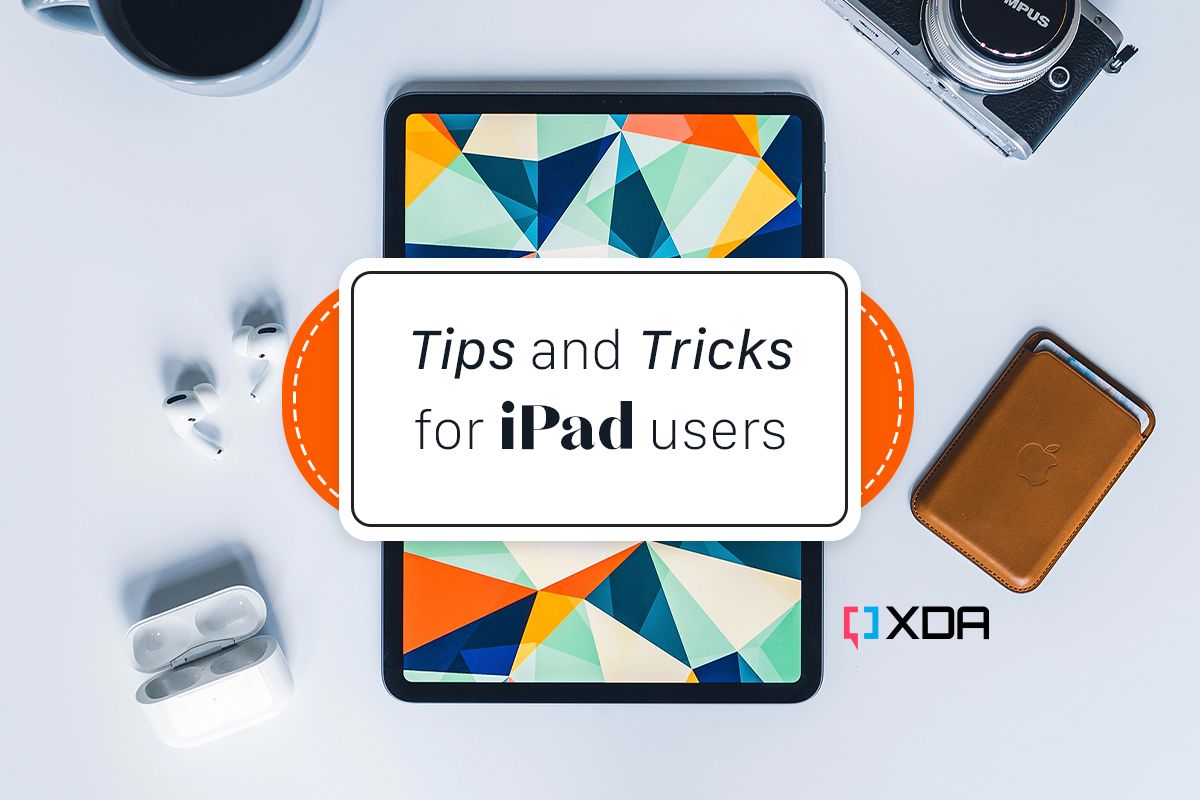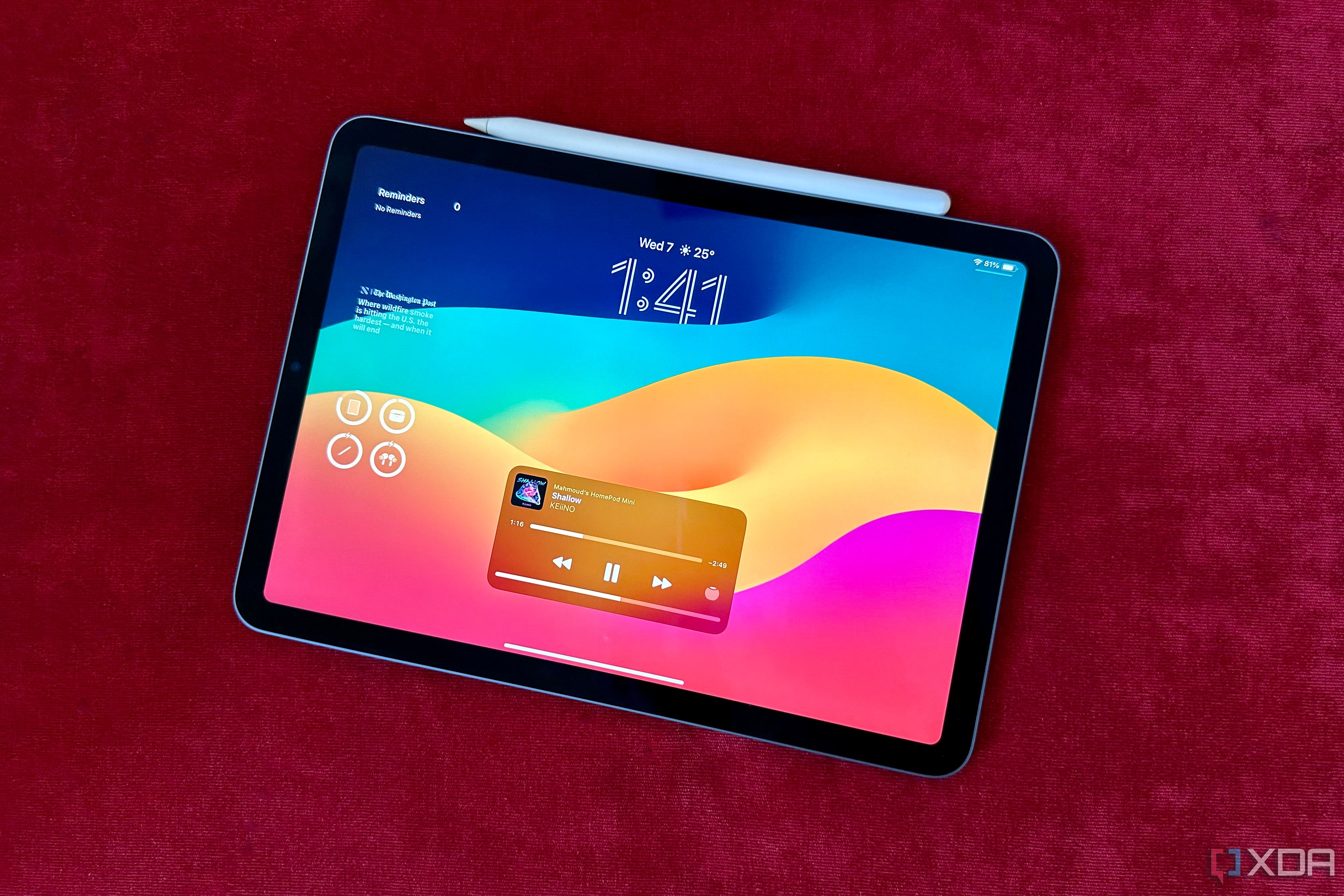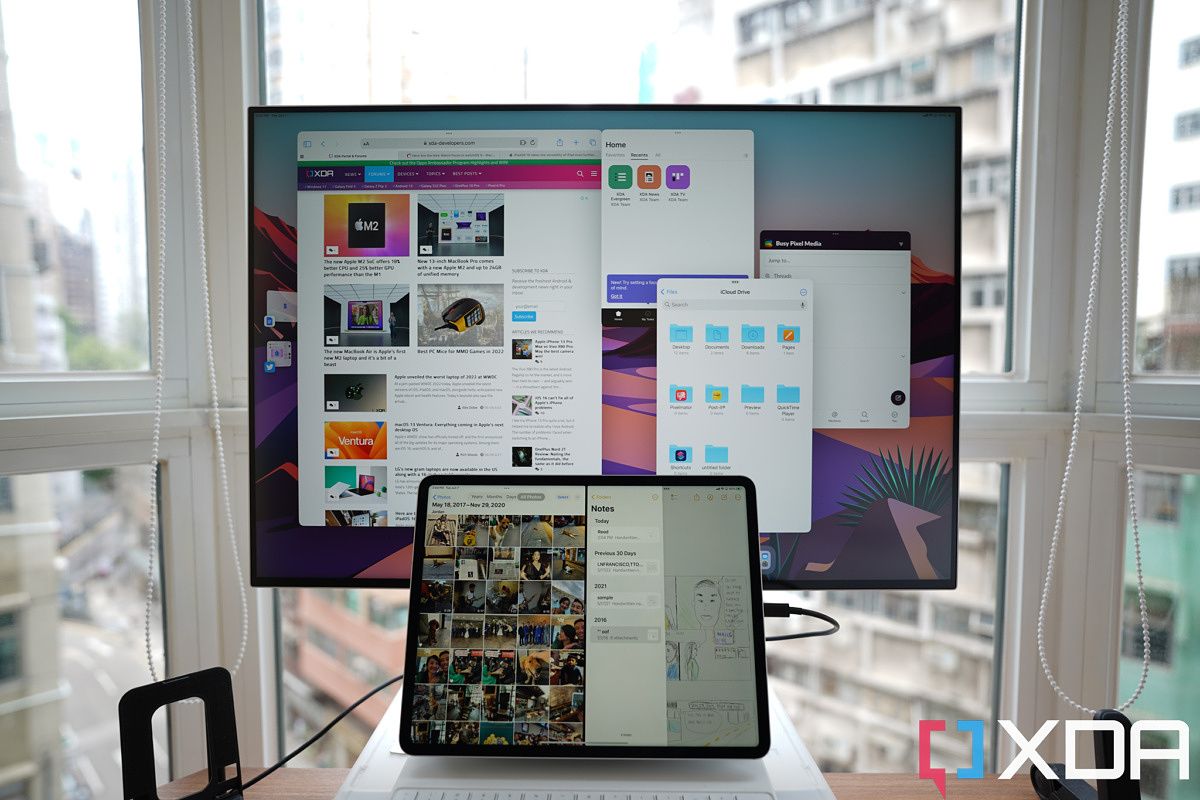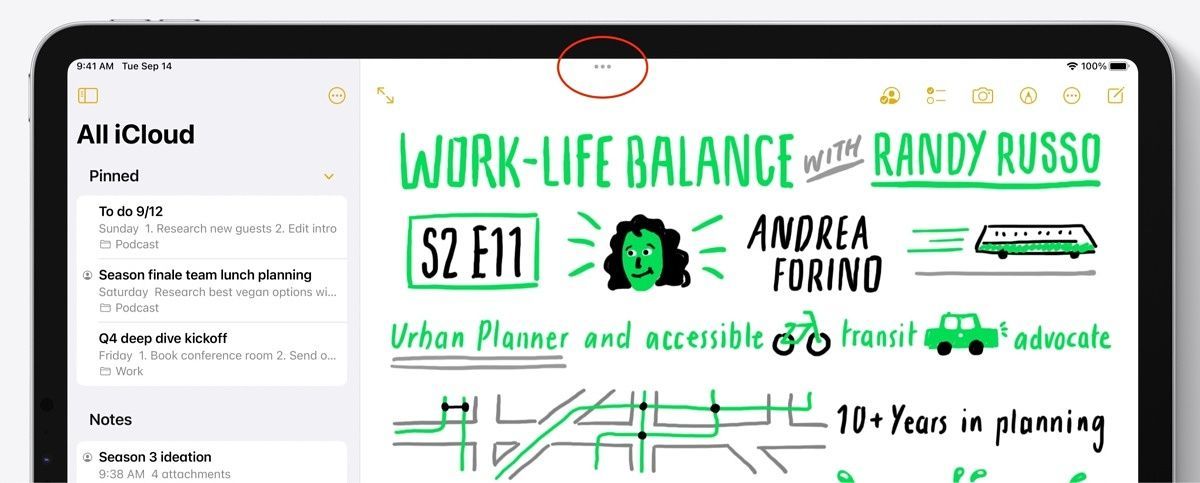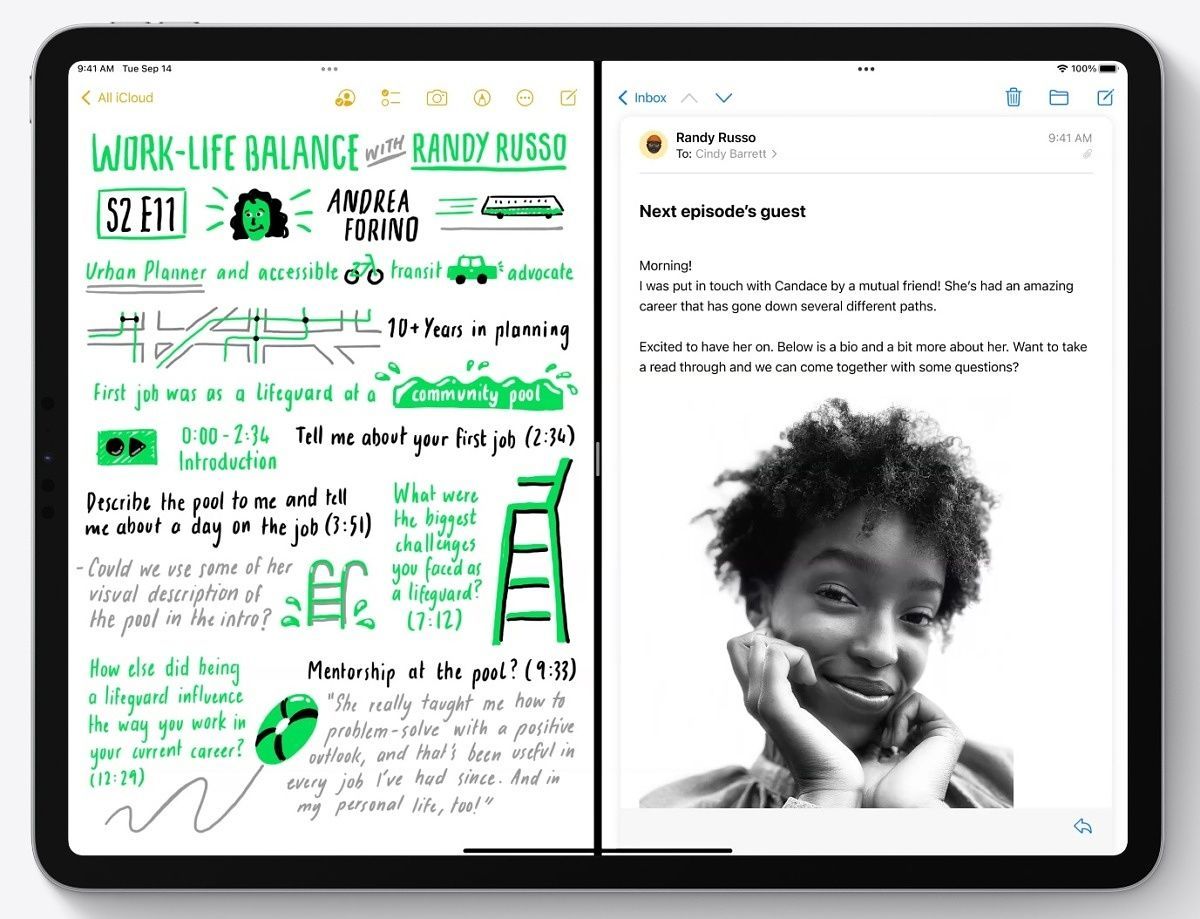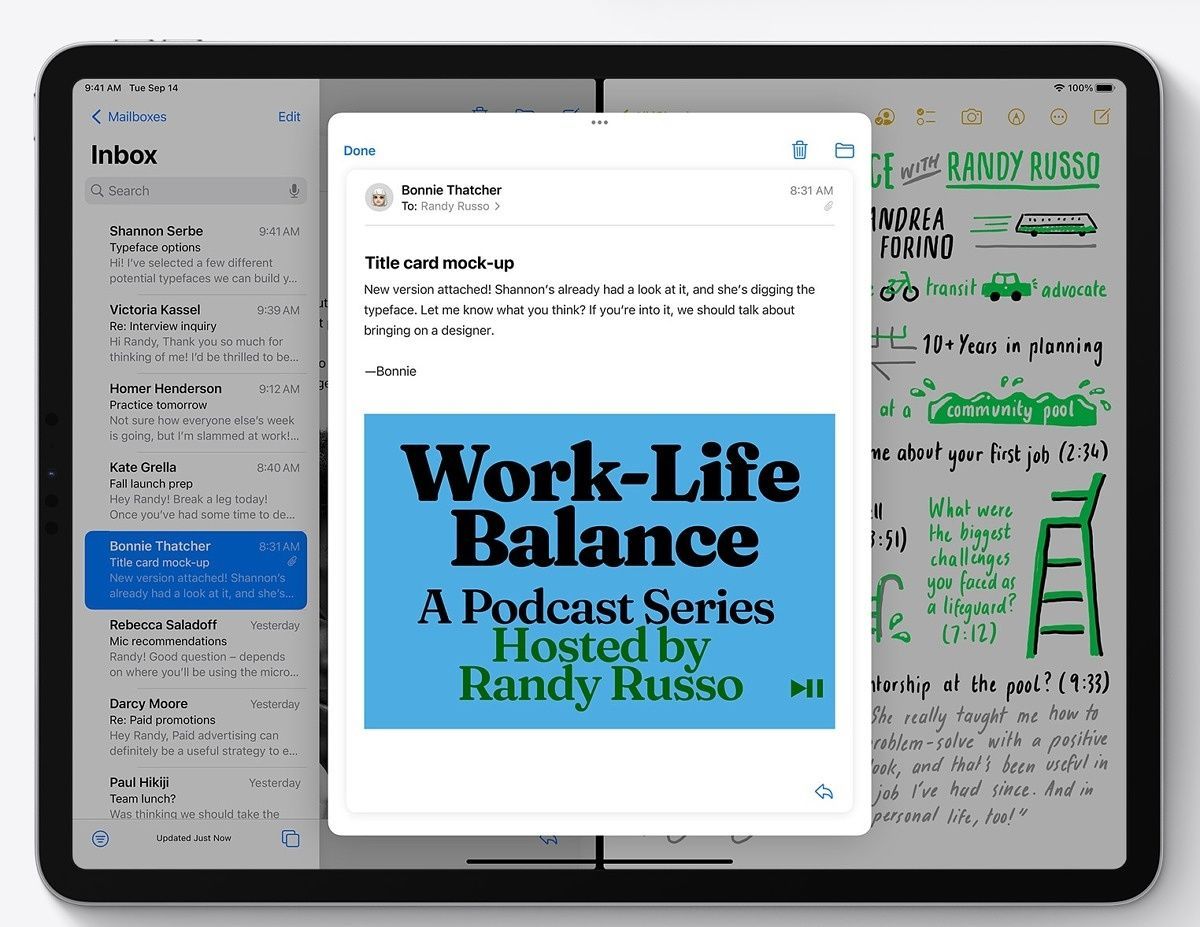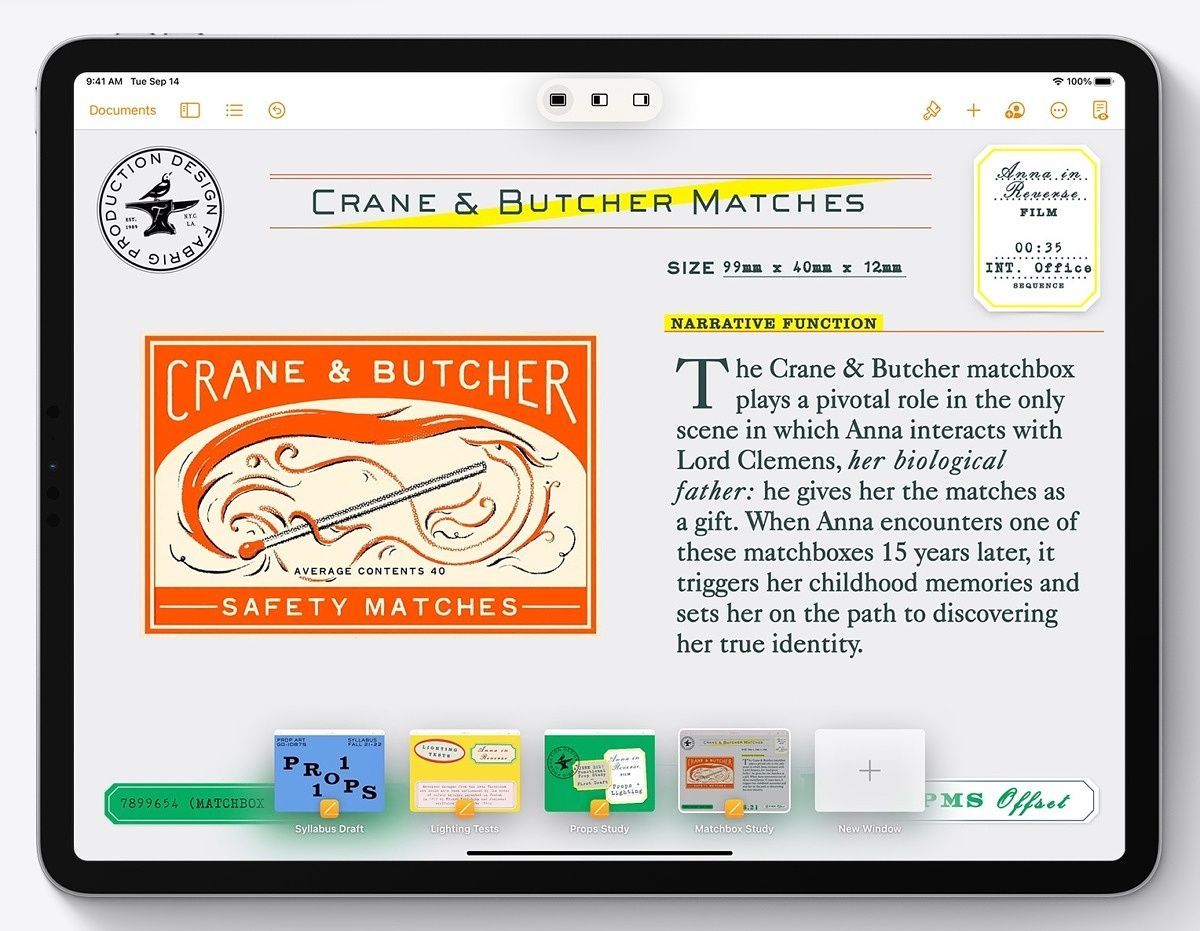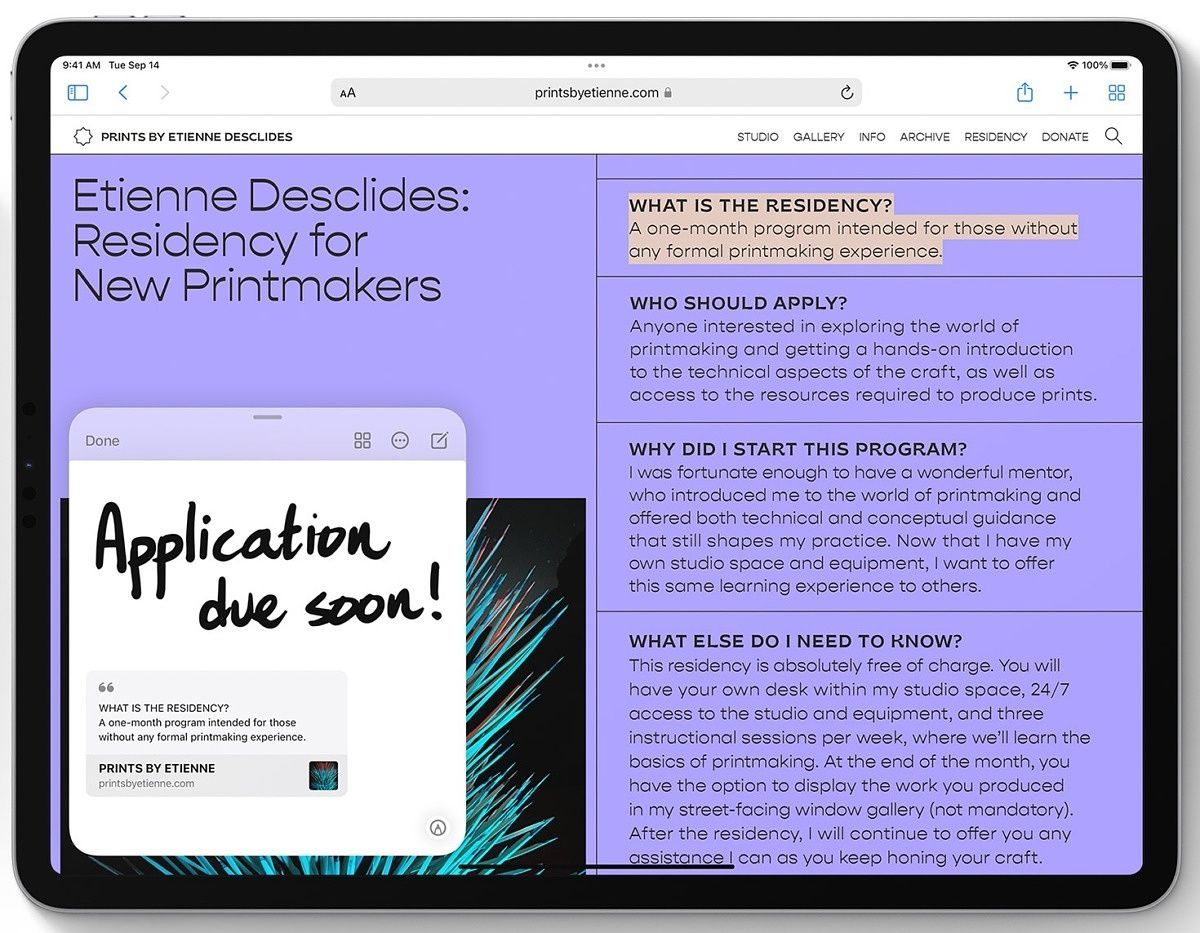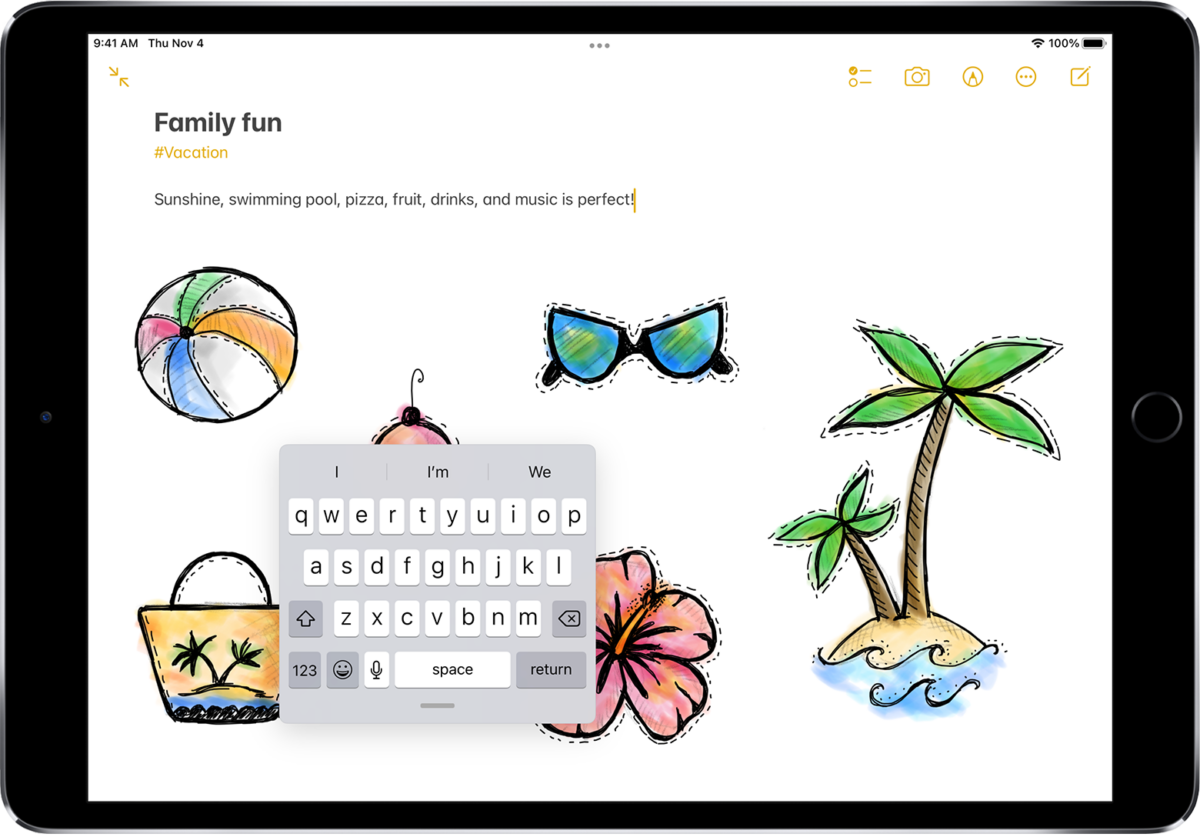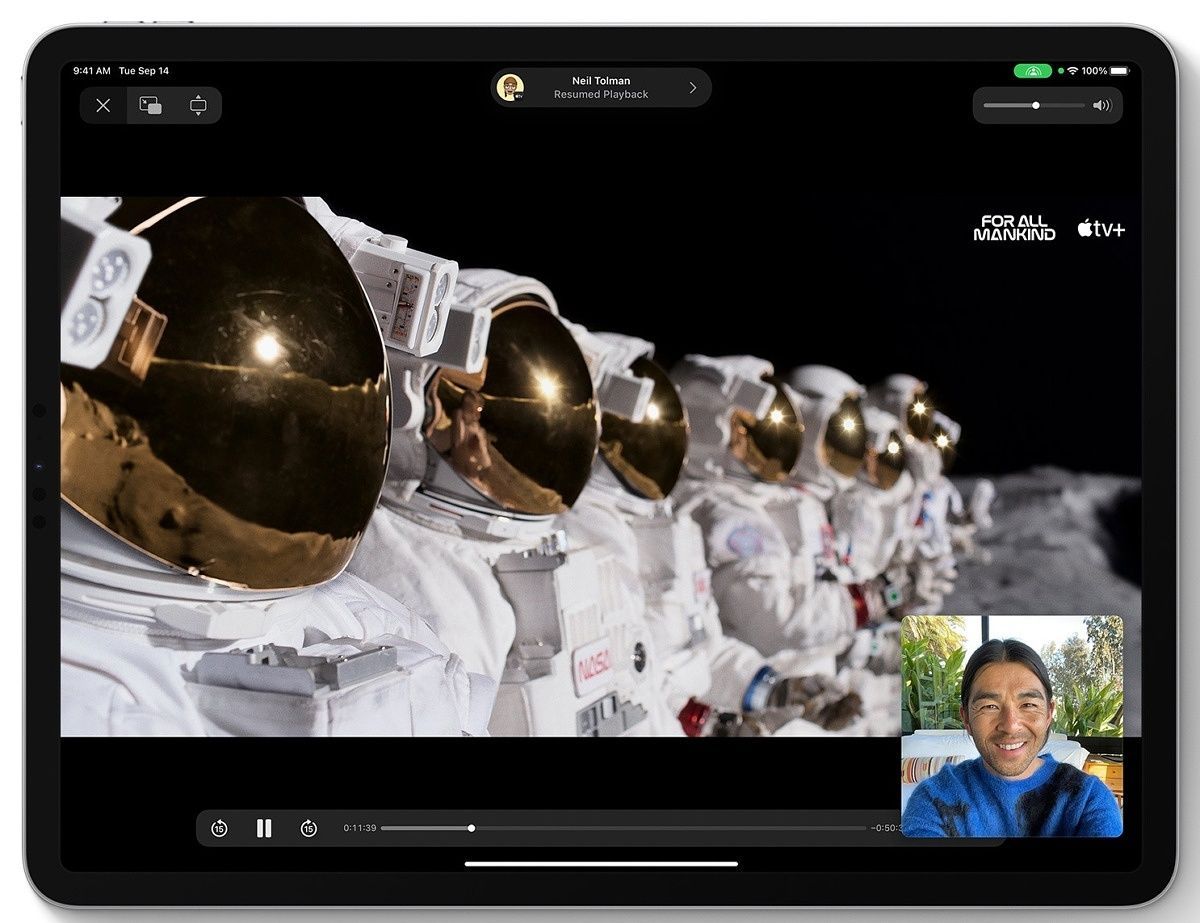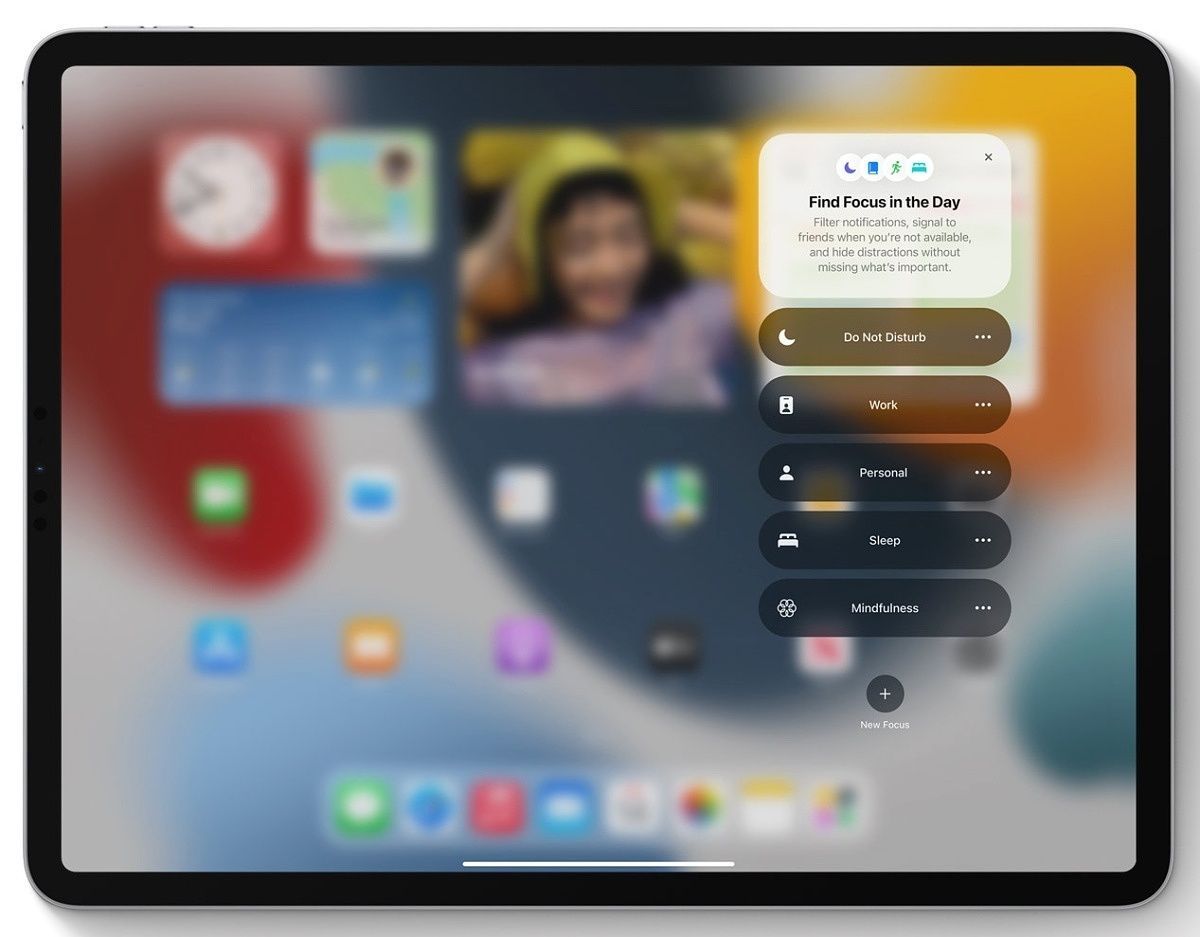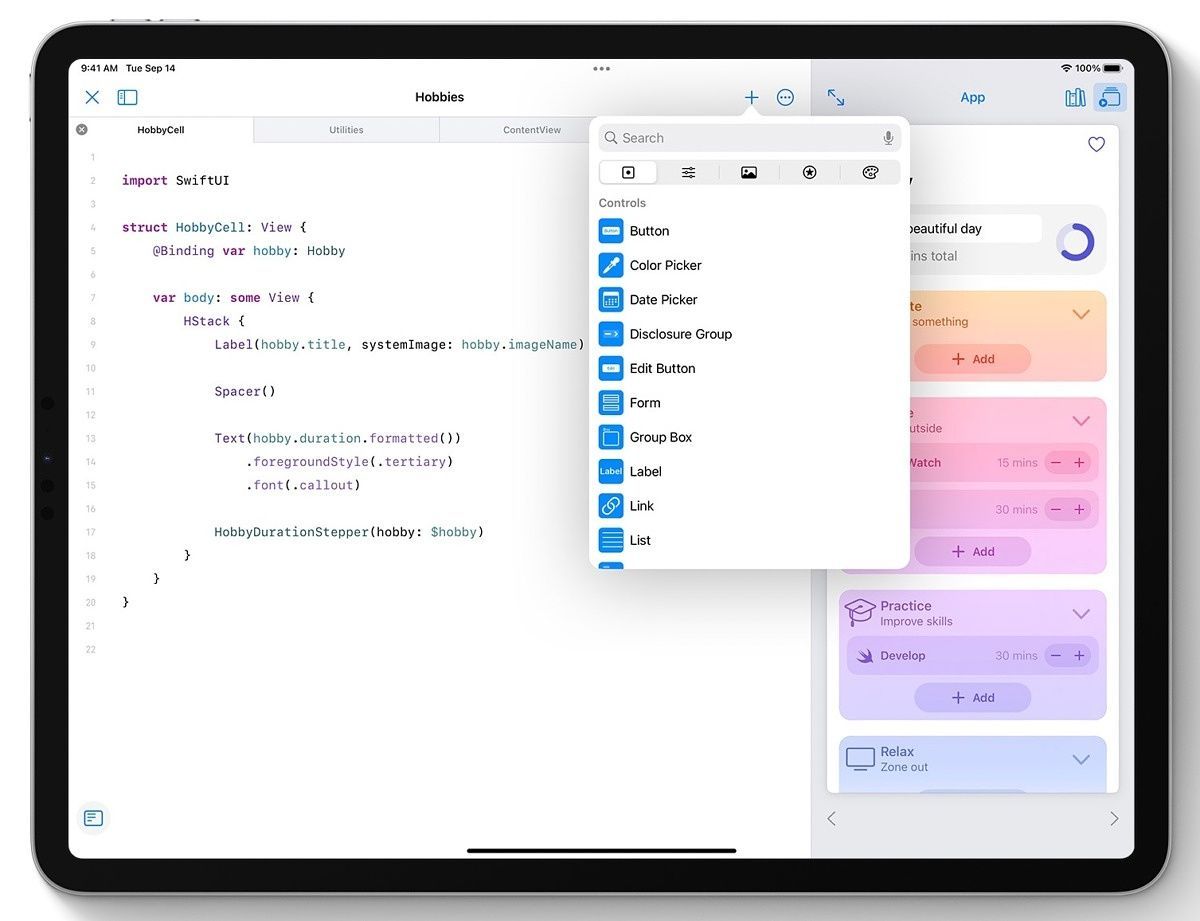If you just set up a new iPad for the first time, then there are some essentials you need to know. iPadOS 17 differs from other tablet operating systems and offers its unique set of features and capabilities. So, to make the most out of your flagship tablet, you may want to get accustomed to these offerings that will only contribute to more powerful workflows. To get you started, we will list some of our favorite tips for setting everything up.
1 Customize the Lock Screen
Make the iPad truly yours by personalizing its main screen
For the longest time, users had little control over the appearance of their iPad Lock Screens. You could change the wallpaper, but you were severely limited to the same main structure and appearance. With iPadOS 17, Apple introduced advanced customization features, enabling users to further personalize their iPad Lock Screens. To do so, simply follow the steps we've detailed at the link.
2 Learn how to multitask like a Pro
Macs and Windows PCs are known for their advanced multitasking abilities. You can open, resize, and move around app windows. On the contrary, multitasking on iOS 17 is very limited, particularly when compared to that on macOS Sonoma. However, iPadOS 16 and newer versions take the mobile operating system to the next level by building Stage Manager upon the existing multitasking tools. You still can't compare it to a desktop operating system, but it has become decent when integrating certain features and shortcuts into your workflow.
Stage Manager
This feature finally allows iPadOS users to resize and open several app windows at once. While many users find it cranky, it's still a valid offering that utilizes the powerful chips fueling recent iPad models. This way, you can imitate the window behavior found on macOS or Windows machines. While it's not as flexible as a desktop OS, it's certainly an upgrade from the iPad dual-app split screen we got used to.
As a bonus, Stage Manager can also group several apps you're working on. This way, you can switch between different workflows more easily by hopping between groups of apps acting as a single unit. You also get to connect your iPad to an external display to use it as a separate monitor on the newer models.
The new three-dot button menu
On iPadOS 15 and later, users get a three-dot button on open apps at the top of the screen. By clicking it, you will get a floating menu to choose between fullscreen, Split View, and Slide Over modes. This mechanism is inspired by the green dot button in the top left corner of macOS apps. With this button, users can instantly enter and leave fullscreen mode without dragging apps around — as it was on earlier iPadOS versions.
Split View
Split View allows you to split the screen between two apps. You can interact with either and seamlessly drag and drop content between them. It's worth noting, though, that not all apps support this feature. As long as the developer has implemented it, you can use two apps at once in the main view. It's perfect for typing documents while having a reference page open. You can also drag an app over another in the App Switcher to initiate Split View.
I also used to depend on it when I was working as a translator. I'd have the source on one side and the targeted text I'm typing on the other.
Slide Over
Multitasking isn't limited to Stage Manager and Split View on an iPad. You can work on more apps simultaneously, thanks to Slide Over. This feature allows you to have more apps floating over the main background window — which you can swipe to the edge of the screen to hide. In this mode, you can have multiple (supported) apps open and switch between them without impacting the main window in the background.
Center Window
And it doesn't stop there. iPadOS 15 introduced Center Window, which allows you to open a medium-sized window in the middle of the screen. By holding on an email, message, or note, you get this view with a dedicated 3-dot multitasking button as well. This makes hopping between apps to gather information or reply to others as convenient as you'd expect it to be.
The Shelf
There's even more to multitasking on iPadOS. When users launch an app, a shelf will appear at the bottom of the screen. It displays the opened windows of this particular app to close or switch to them easily. It additionally allows you to open new windows as well. The shelf disappears immediately after interacting with the app, so you don't have to worry about swiping it away.
Picture-in-Picture
We're not done yet. Picture-in-Picture (PiP) lets you view videos in a floating window while doing other tasks. So you can watch your favorite YouTube videos or the latest Netflix shows while another app is open. To trigger PiP, simply go to the Home Screen while playing a video in a supported app and use your iPad as you wish.
Quick Note
This is the last multitasking feature, I promise. Quick Note is one of the features Apple introduced across its operating systems in 2021. By swiping up from the corner of your iPad screen, you can open a small floating note window that lets you quickly type your thoughts without exiting the app you're currently using. Quick Note is a smart feature that will remember the context when viewed in the Notes app. So, for example, if you take a Quick Note while using Safari, the Notes app will link this memo to the website you were viewing at the time.
3 Get tasks done quickly with keyboard shortcuts
iPadOS supports proper keyboard input
iPadOS supports mice and keyboards natively, so you can connect a mouse to drag a cursor around and a keyboard to type through physical buttons. It's somewhat known that macOS has keyboard shortcuts that make life significantly easier. What plenty of users don't know is that iPadOS 15 and later versions bring a similar feature to the table. If you have a keyboard connected to your iPad, you can press and hold the Command key to view the list of keyboard shortcuts the app you're using supports. This way, you can get actions done on your keyboard without touching the display.
4 Make the keyboard float
Claim back some of your screen
The virtual iPad keyboard can occupy a big chunk of your screen. What you might not know is that you can make it shrink and float, so you can move it around and make sure it doesn't obscure your view. The floating keyboard looks similar to that on iOS. It also supports QuickType (swipe to type), which isn't present on the iPad keyboard in its full form. To make your keyboard float, simply pinch it with two fingers. You will then be able to drag it around through the small gray bar at its bottom. To restore the keyboard to its original state, place two fingers on the floating one and spread them apart.
5 Attend virtual concerts and cinemas with your friends
SharePlay is the best way to enjoy digital entertainment together from afar
Apple took lockdowns into consideration when it released SharePlay in 2021. This feature is available on all the company's operating systems, allowing users to consume digital goods together through FaceTime. So you can watch Apple TV+, Disney+, and even Twitch while you hear and/or see your friends. The feature also allows you to listen to music together — assuming the service you use supports it.
It's worth mentioning that most (if not all) subscription apps require each participant to have their own individual account. This feature isn't a Family Sharing equivalent for free group access.
6 Separate your work and entertainment environments
Focus modes go beyond just silencing notifications
iPads are versatile devices, and to live an organized life, one has to set boundaries to accommodate different daily routines. iPadOS 15 and later versions allow users to create different Focus modes, which allows you to customize how your tablet mutes notifications or apps. As our detailed guide on Focus mentions, this feature allows you to create custom Home Screen pages, too.
These pages change automatically whenever you switch to a certain Focus mode, so you can, for example, create a layout with the education apps and an agenda widget for when you're using your study Focus mode. Another example would be placing all installed games on a page for the gaming Focus. This way, the whole virtual environment automatically changes and adapts to whatever you're doing on your iPad.
7 Build and publish apps without a Mac
Your iPad can now code independently
Swift Playgrounds 4 and newer versions allow you to build, preview, and publish your own apps to the App Store from an iPad. You can even do it without a Mac as long as you're running the latest iPadOS version. You do need an Apple Developer account, though, to publish the apps on Apple's platform. Without paying the $99 per year fee, you're only restricted from publishing. Swift Playgrounds is free to download, so you can actually build functional apps on an iPad independently without spending a cent.
8 Make the most out of the iPad-Mac relationship
Apple is famous for its tightly-integrated ecosystem that allows users to make the most of their devices. This enables iPadOS and macOS users to switch between and depend on two (or more) devices simultaneously. The process is usually natural and doesn't require you to think twice.
Handoff and Continuity
First off, both of your devices should have Wi-Fi (connection to a network isn't required) and Bluetooth enabled. You will then be able to copy/paste between them as you would normally do on one device. You can also resume using an app on the other device where you've left off on the first, such as viewing a Safari webpage.
Sidecar
Sidecar allows you to use your iPad as a second Mac display. In fact, you can even use an Apple Pencil on the touch display with compatible macOS apps. This feature works wirelessly, so you won't need to connect any cables. Some companies offer third-party services to enable a similar feature on outdated iPads/Macs. However, Apple's solution is free, wireless, and available by default.
Universal Control
Universal Control almost breaks the space-time continuum by allowing you to drag and drop items from one device to another. You can pair up to three Mac and/or iPad devices and move your cursor through them all magically. This is perfect for artists and designers who use their iPads to illustrate but resume their work on macOS. The process is natural and effortless.
iPads are highly capable tablets
Apple's iPads are mighty devices that are only getting more powerful with every new hardware and software release. What once used to be a large, stretched-out iPhone is slowly turning into an ultra-mobile laptop of sorts. They're not for everyone, as they still lack plenty of desktop features. However, those who can fully depend on them for their workflows understand how simple they are to use.

